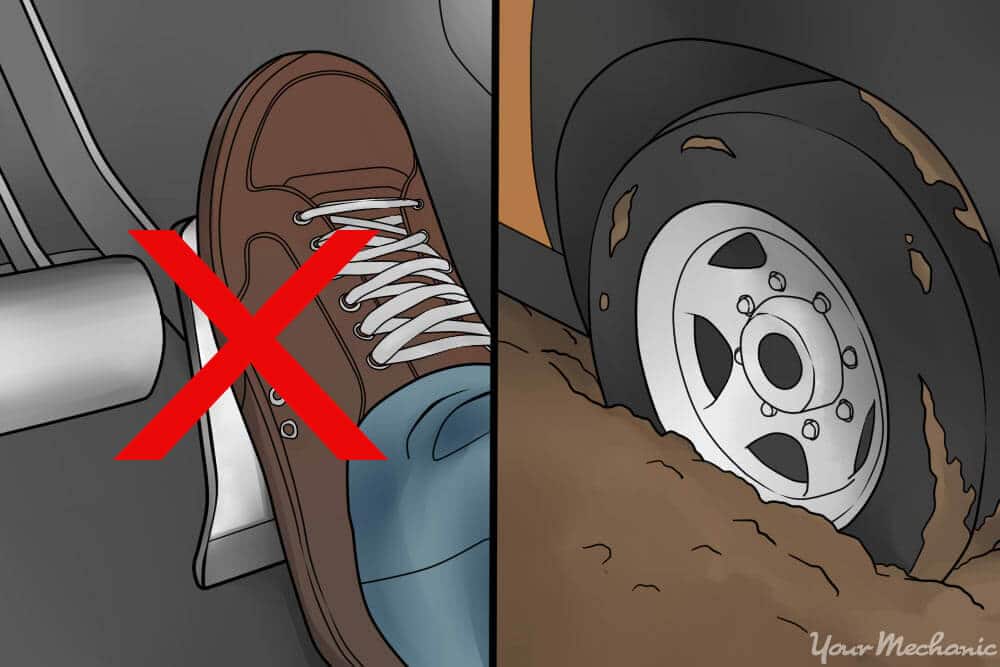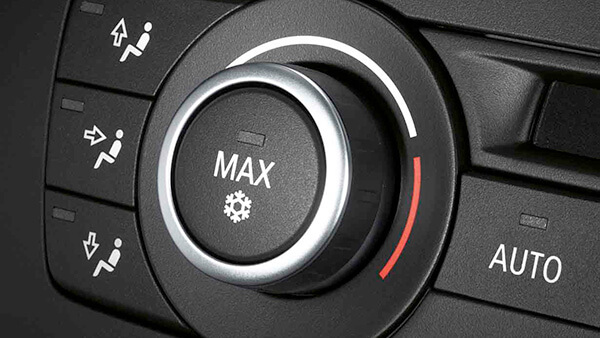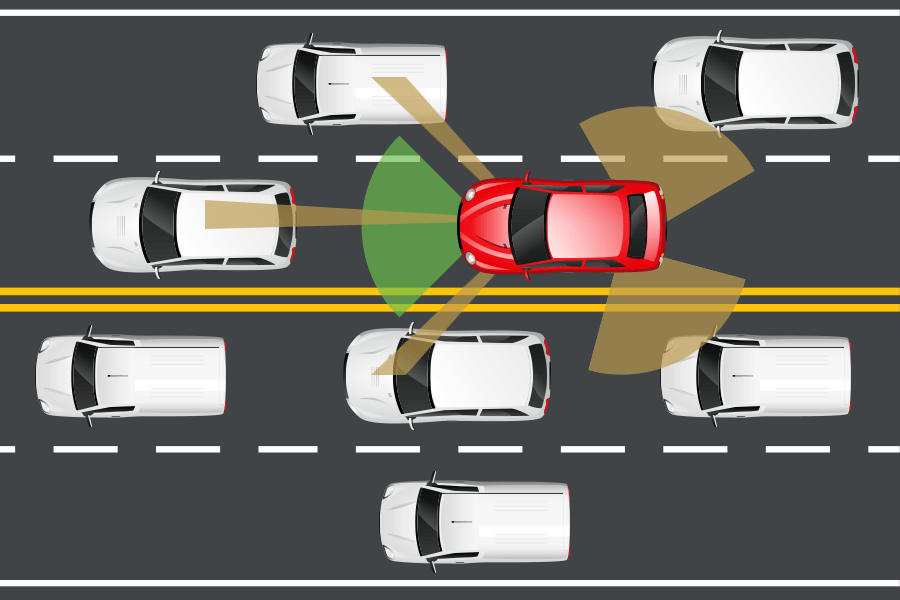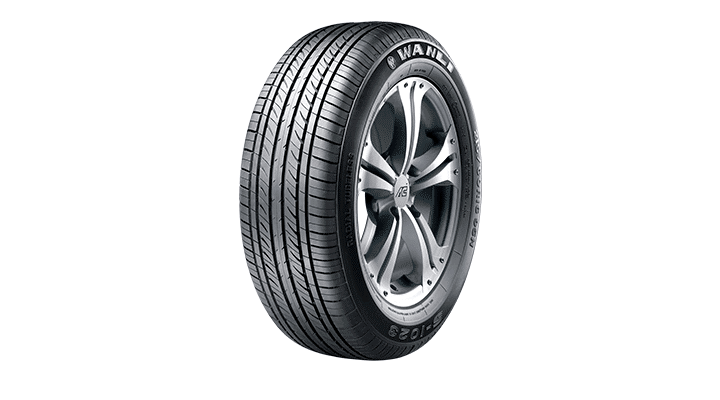Do you guys remember storybooks like the muddy muddy wedding? I am sure if you read that one you may have a family by now.
Even better, I know you can relate to this article as well. I love our country purposely because of the great destinations and tonnes of places for adventure.
Many of us who love bush tours and road trips will tell you how great this country is.
However, roads connecting you to some of these destinations are terrible. But in my opinion, this makes the experience more adventurous.
Truth be told though, not all of us have 4X4 capable SUVs. So this article will be for adventurers with average cars.
While 4X4s have tires designed for iffy terrain and friends with winches to pull them out in times of failure – they may actually seek out muddy conditions.
It is advisable for those behind the wheels of average vehicles to avoid deep mud.
As a general rule, the average car can handle traversing muddy areas that are no more than two inches deep.
Unfortunately, the depth of mud isn’t necessarily uniform or easy to gauge. When possible, take a different route.
However, if after careful consideration, you decide to tackle muddy conditions, do so as safely as possible using the guidelines listed below.
Get out of your car and survey the situation.
Things look different up close and personal than they do from inside your vehicle.
Provided your footwear is up to the task, walk a little way up the road to see for yourself what obstacles lie ahead and test the depth of the mud.
That way, you can make a more informed decision as to whether or not to proceed, and identify trouble spots before you tackle them in your car.
Hand removing some tire pressure
Let some air out of your tires, if necessary. When you need to traverse more than a few yards of muddy terrain and the situation looks particularly troublesome, consider whipping out your tire gauge and reducing your tire pressure.
This allows more of your tire treads to make contact with the ground, creating more traction as you move through the mud.
For this purpose, aim for a tire pressure of 18 to 20 psi in each tire. Once you are back on smooth roads, seek out the nearest service station to replace the air you removed.
Don’t hit the gas peddle
Adopt a slow and steady speed. Achieving optimal speed through mud is an art in itself. An art you likely don’t have time to master.
You need to create enough momentum that you don’t get stuck without going so fast that you slide out of control.
Although the actual speed you should go depends on the terrain and situation, it usually lies within 10kph to 15kph.
So, in addition to driving slow and steady, find your inner patience.
Avoid furrows and potholes on the road
Avoid furrows. When faced with driving along the grooves or blazing your own route, always choose the mud untaken.
That’s because the softest and most slippery conditions lie within those mud-filled grooves.
Also, by situating your car at the lowest elevation possible, you reduce the clearance between the bottom of your car and the ground. These elements form a recipe for getting stuck.
Tip: If you get stuck, first of all, don’t panic. Try gently accelerating while forcefully rocking your body backward and forwards.
If you’re lucky, this will get you out of the mud. If this fails, get out the car and lay twigs, leaves, or anything else you can find in front of your wheels to create traction. Then try to gently move out of the mud again.
While driving a car in muddy conditions is a situation you do not have to deal with frequently, it is a good skill to have.
If your best efforts at traversing sluggish terrain fail and you find yourself deeply stuck, admit defeat and call for help.
Sometimes the only way out is to be towed – in this case. Hopefully, you know a friend with a winch and towing capability.








